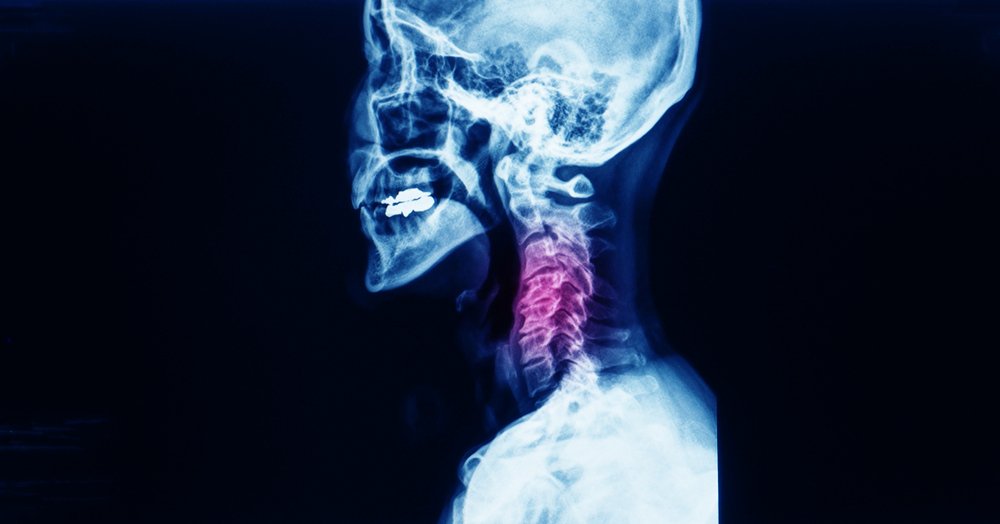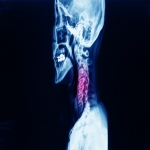A pinched nerve in the neck is often referred to as cervical radiculopathy. Pain that radiates (extends) from the shoulder to the neck, arm, shoulder blade, or hand is what it's called. Arm and hand weakness and absence of coordination are also possible. The illness affects roughly 85 people out of every 100,000 and is most common in people in their 50s. It is more likely to develop as a result of repeated irritation than as a result of a single damage. Athletes, workers and heavy laborers who operate with vibrating machinery are all susceptible to the disease. People who sit for lengthy periods of time, as well as those with neck arthritis, may be affected.

Conservative treatment, such as physical therapy, can assist to alleviate symptoms. A physical therapist can assist in the relief of the condition's acute neck and arm discomfort. They can also assist people in improving their overall strength and function. The majority of instances can be resolved with physical therapy without surgery.
Physical therapists are experts in movement. Patient education, hands-on care, and recommended mobility all help to improve quality of life.
Cervical Radiculopathy: An Overview
Cervical radiculopathy can cause pain in the neck, shoulder, arm, and hand, as well as numbness in the arm or hand.
-
Loss of strength in your forearm, arm, or hand
-
Finger tingling
-
Problems to move head normally
When Should You See A Doctor?
Consult your cervical radiculopathy specialist if you're experiencing any of these symptoms. They can advise you on the best course of action for your cervical radiculopathy.
Diagnosis and Causes
To diagnose the reason of your pinched nerve, diagnostic techniques such as X-rays or MRI may be used.
Cervical radiculopathy can be caused by a variety of factors, including:
-
Disc degeneration
-
Bulging discs
-
Neck arthritis
-
Foramina stenosis
-
Spinal tumor (albeit rare)
-
Acute injury
Treatment
Your doctor may recommend one of several treatments for treating your cervical radiculopathy. Medication, rest, chiropractic care, injections, surgery, and physical therapy are some of the options.
With a pinched nerve in the neck, physical therapy isn't for everyone. Some people experience severe symptoms that necessitate medical intervention right once. The most common signs and symptoms are acute pain and paralysis in one arm. If this is the case, it is generally necessary to see a surgeon right away to relieve the pressure on the nerve.
Cervical Radiculopathy
Cervical Radiculopathy is a type of radiculopathy that affects the Physical Therapy is a type of treatment that is used.
To treat your cervical radiculopathy, your physical therapist may employ a variety of techniques. The major goals of pinched nerve rehab are to restore normal neck motion, strengthen and posture, and provide you with a self-care technique to relieve pressure on the nerve and keep it off. The majority of persons who have cervical radiculopathy see an orthopedic physical therapist or a musculoskeletal specialist.
Some passive techniques used in physical therapy may be used to reduce pain and enhance circulation in sore muscles. Heat, ice, massage, postural education, ultrasound, electrical stimulation, cervical traction, manual therapy, and exercise may be used to treat cervical radiculopathy.
Cervical radiculopathy is a disorder that causes discomfort, weakness, numbness and tingling in the neck and arm, as well as a loss of movement. Physical therapy, for example, can help relieve pain and increase flexibility in your neck and shoulders by relieving pressure on spinal nerves. Working with a cervical radiculopathy specialist at Neuroscience Specialist in OKC can help you get ease of the condition quickly and securely.
**Disclaimer- Information presented here is not intended to be qualified medical advice. Nothing expressed herein creates a doctor-patient relationship.

